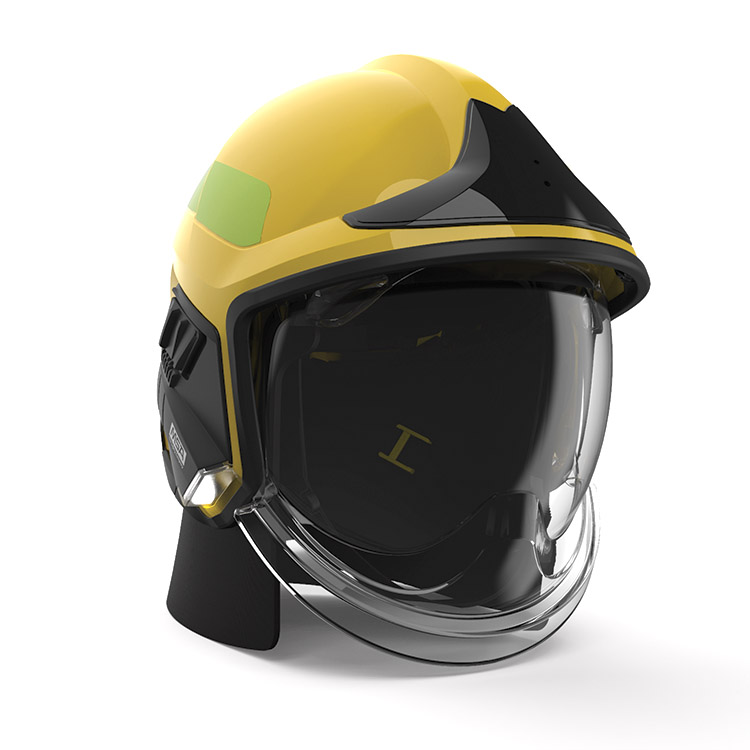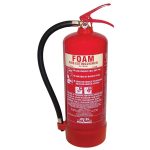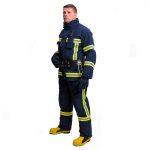Introduction: The Importance of Fire Helmets
Fire helmets are one of the most crucial pieces of equipment for firefighters. These helmets are designed to protect the head from various hazards encountered during firefighting operations. They shield against falling debris, heat, and chemicals. Moreover, they can significantly reduce the risk of injury in dangerous environments.
Modern fire helmets come equipped with various features that enhance their functionality. Understanding these features helps firefighters choose the right gear for their needs. In this article, we will explore the design, materials, regulations, and maintenance of fire helmets, showcasing their importance in emergency response situations.
Design Features of Fire Helmets
Protective Shell
The outer shell of a fire helmet is typically made from materials like fiberglass or polycarbonate. These materials are chosen for their strength and heat resistance. The shell is designed to deflect falling objects, which can pose a danger in firefighting situations.
Additionally, many helmets feature a unique shape that provides better coverage for the face and neck. This design helps to ensure that firefighters are well-protected from various hazards they may encounter. The helmet’s aerodynamic shape also reduces drag, making it easier to move during operations.
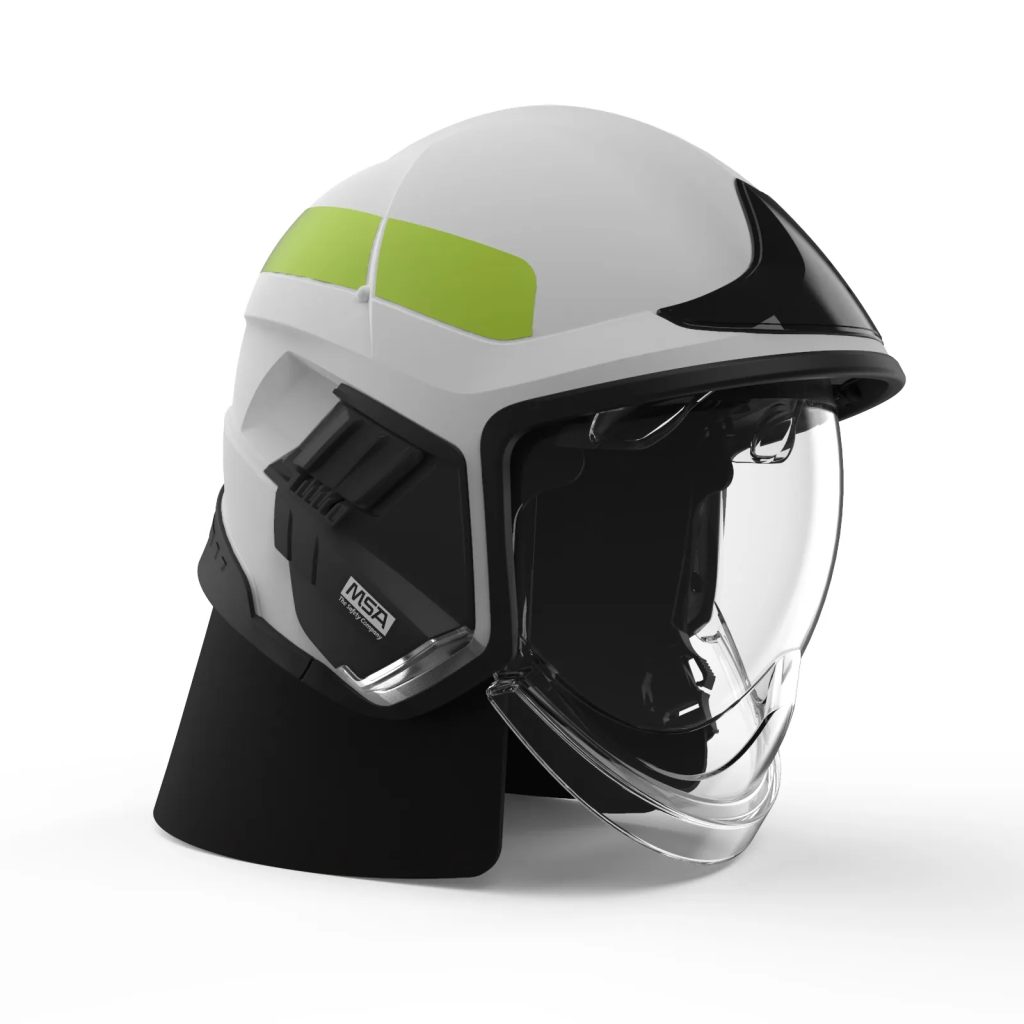
Inner Liner and Padding
Inside the helmet lies an inner liner designed for comfort and additional protection. This liner often consists of foam materials that absorb impacts and provide cushioning. A snug yet comfortable fit is essential to ensure that the helmet stays securely in place during intense activities.
Many models also have adjustable straps to accommodate different head sizes. This ensures a secure fit, reducing the risk of the helmet slipping off when needed most. Properly fitted helmets not only enhance safety but also improve overall comfort during long hours of operation.
Assurance of Standards and Regulations
Compliance with Safety Standards
Fire helmets must meet specific safety standards to ensure they provide adequate protection. In the United States, the National Fire Protection Association (NFPA) sets rigorous criteria for fire-fighting gear. Helmets must pass tests for impact resistance, thermal protection, and penetration resistance.
These standards help guarantee that the helmets can withstand the extreme conditions firefighters face. It is crucial for fire departments to purchase helmets that comply with these regulations. This commitment to safety ensures that firefighters are equipped with reliable protective gear.
Certification Labels
When purchasing a fire helmet, look for a certification label that indicates compliance with safety standards. The label often includes information about the manufacturer and the specific standards met. This label serves as a quick reference for firefighters and department heads.
Ensuring compliance with these safety standards is not just a legal requirement; it can also make a significant difference in the event of an emergency. The certification provides peace of mind, knowing that the equipment is trusted and has undergone rigorous testing.
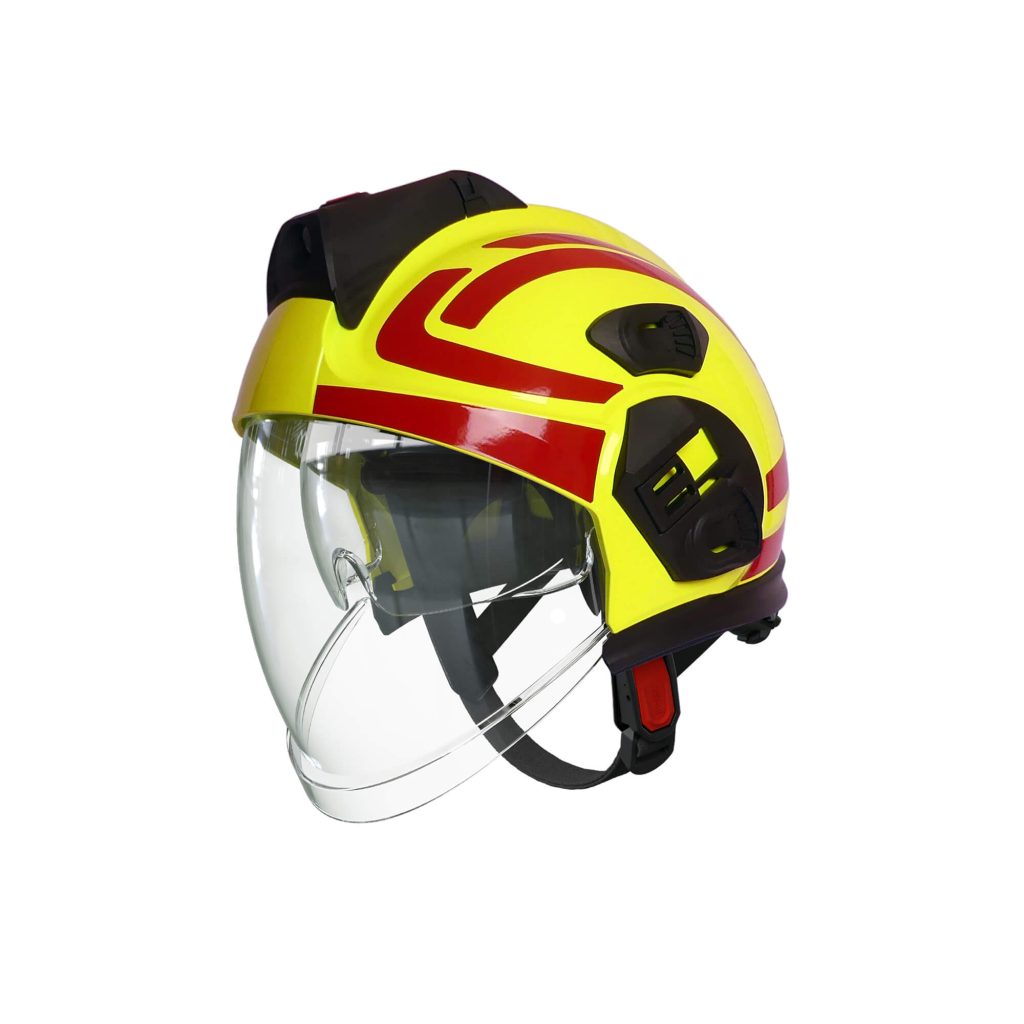
Additional Features and Accessories
Face Shields and Goggles
Many fire helmets come equipped with face shields and goggles for added protection. These accessories can shield the face from heat, flying debris, and hazardous materials. Wearing goggles can also prevent smoke and chemicals from affecting the eyes, enhancing visibility during operations.
Some helmets allow for the easy attachment of face shields, providing versatility in various conditions. This adaptability helps ensure that firefighters can perform their tasks safely and effectively while staying protected from potential hazards.
Communication Devices
Modern fire helmets may also include built-in communication devices. These systems allow firefighters to stay in contact with their teams without relying on handheld radios. Effective communication is essential for coordinating efforts during emergencies and ensuring everyone’s safety.
Having communication devices integrated into the helmet helps maintain situational awareness, which can be crucial in chaotic environments. This feature reflects advancements in technology that enhance safety and operational efficiency in firefighting operations.
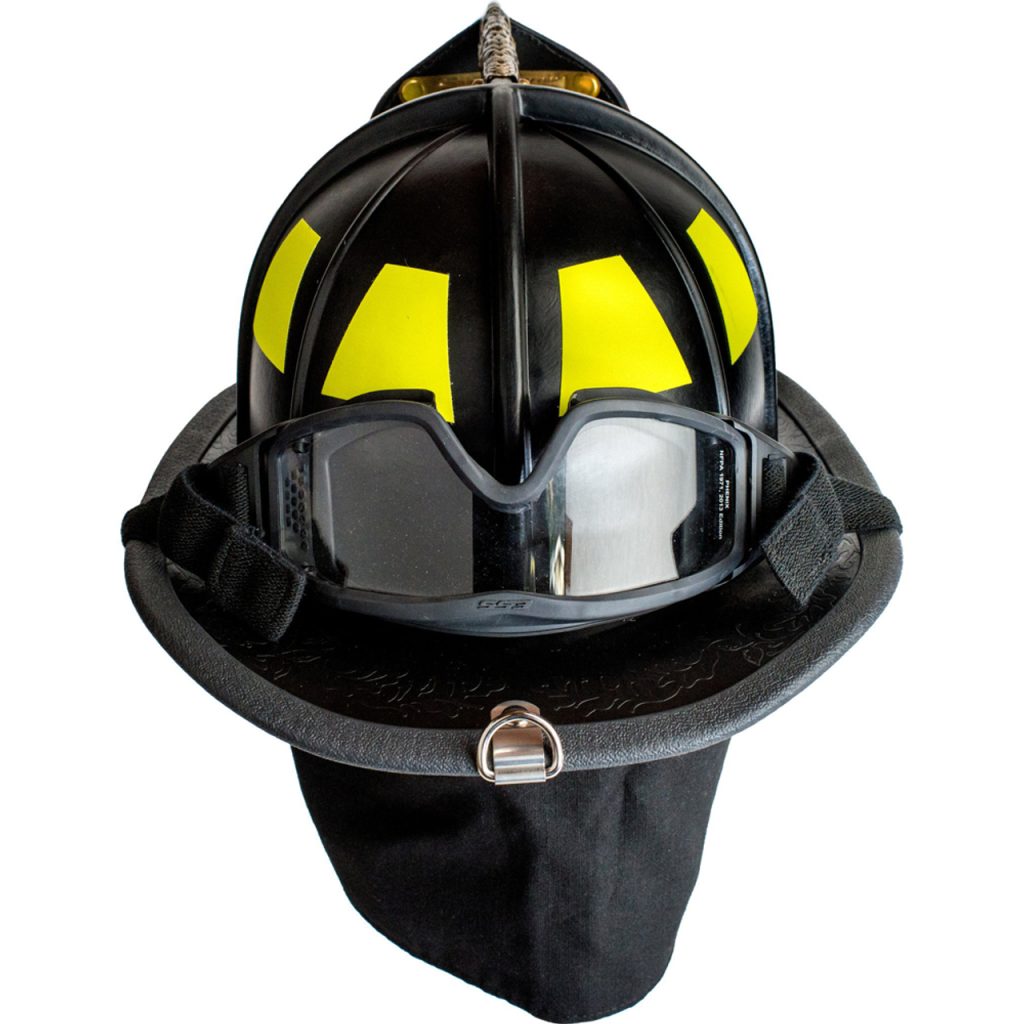
Maintenance and Care of Fire Helmets
Regular Inspections
Proper maintenance is vital to ensuring that fire helmets remain effective over time. Firefighters should conduct regular inspections to check for any signs of wear or damage. This includes examining the shell for cracks or dents and checking the inner padding for moisture or degradation.
If any damage is found, the helmet should be evaluated further to determine whether it needs to be repaired or replaced. Taking the time for these inspections helps maintain safety standards and ensures that firefighters are adequately protected.
Cleaning Guidelines
Cleaning fire helmets is essential for prolonging their lifespan. After each use, helmets should be cleaned according to the manufacturer’s guidelines. Avoid using harsh chemicals that can damage the materials. Instead, opt for mild soap and water.
Make sure to dry the helmet completely before storing it. This prevents moisture buildup, which can lead to mold and degradation over time. Implementing a routine cleaning schedule ensures helmets remain functional and safe for firefighters during emergencies.
Importance of Proper Fit
Ensuring Comfort and Safety
A well-fitting fire helmet is crucial for both comfort and safety. An improperly fitted helmet can shift during use, compromising protection. Firefighters need to ensure that their helmets fit securely without being too tight, allowing them to remain focused on their tasks.
Getting the right size and adjusting the straps properly can make a significant difference. A helmet that fits well enhances helmet stability and comfort during long shifts, allowing firefighters to work more effectively.
Adapting to Individual Needs
Since fire departments often have diverse personnel, choosing a helmet that accommodates different head shapes and sizes is critical. Many manufacturers offer various models designed to fit a range of head sizes. Departments should invest in helmets that allow for comfortably adjustable straps for all members.
By providing options that cater to individual needs, departments ensure that every firefighter can rely on their gear. This adaptability allows for better performance under challenging conditions, ultimately leading to improved safety.
Fire Helmet Customization Options
Personalization for Identification
Customization of fire helmets is becoming increasingly popular within fire departments. Personalization options such as color, decals, and name tags help identify individuals within a team. This can be especially beneficial in large operations where multiple teams or units are working together.
By allowing firefighters to add their names or department insignia to their helmets, they foster a sense of belonging and pride. Furthermore, personalized helmets can assist in accountability, ensuring that team members are easily recognizable during high-stress situations. This aspect of customization enhances both morale and safety among firefighters.
Functional Customization
Beyond aesthetic customization, there are functional options that can be added to fire helmets. These include additional visors, sunshade attachments, or reflective strips for greater visibility in low-light conditions. Each of these modifications can cater to specific needs based on the environment or nature of the firefighting operation.
Fire departments can tailor helmets based on the unique challenges they face in their area. For instance, firefighters in urban settings may require helmets with higher visibility features, while those operating in wildland environments may prioritize lightweight materials. This thoughtful approach to customization ensures that every firefighter has a helmet suited to their specific needs and responsibilities
Conclusion: The Essential Role of Fire Helmets
In conclusion, fire helmets are essential protective gear for firefighters, providing safety and security in dangerous environments. From the outer shell to the inner padding, every element is designed to maximize protection.
Compliance with safety standards and proper maintenance ensures these helmets will stand up to the rigors of firefighting. The inclusion of advanced technologies, such as communication devices, enhances their functionality. Fire helmets not only protect lives but also enable effective teamwork during emergencies.
Investing in high-quality helmets and understanding their features greatly benefits fire departments and their personnel. By prioritizing safety and comfort, firefighters can focus on what matters most—saving lives and protecting property. With ongoing advancements, fire helmets will continue to evolve, ensuring that heroes in the field are equipped for success.
